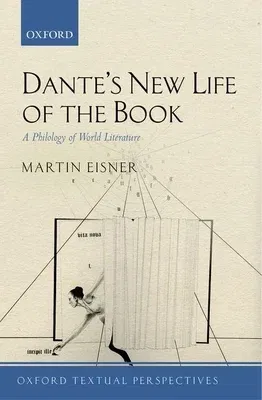Dante's Vita nuova has taken on a wide variety of different forms
since its first publication in 1294. How could one work have generated
such different physical forms? Through examining the work's
transformations in manuscripts, printed books, translations, and
adaptations, Eisner reconceives of the relationship between the work and
its reception. Dante's New Life of the Book investigates how these
different material manifestations participate in the work, drawing
attention to its distinctive elements. Dante framed his book as an
attempt to understand his own experiences through the experimental form
of the book, and later scribes, editors, and translators use different
material forms to embody their interpretations of Dante's collection of
thirty-one poems surrounded by prose narrative and commentary. Traveling
from Boccaccio's Florence to contemporary Hollywood with stops in
Emerson's Cambridge, Rossetti's London, Nerval's Paris, Mandelstam's
Russia, De Campos's Brazil, and
Pamuk's Istanbul, this study builds on extensive archival research to
show how Dante's strange poetic forms, including incomplete canzoni and
sonnets with two beginnings, continue to challenge readers. Each chapter
focuses on how one of these distinctive features has been treated over
time, offering new perspectives on topics such as Dante's love of
Beatrice, his relationship with Guido Cavalcanti, and his attraction to
another woman. Numerous illustrations show the entanglement of the
work's poetic form and its material survival. Eisner provides a fresh
reading of Dante's innovations, demonstrating the value of this
philological analysis of the work's survival in the world.

